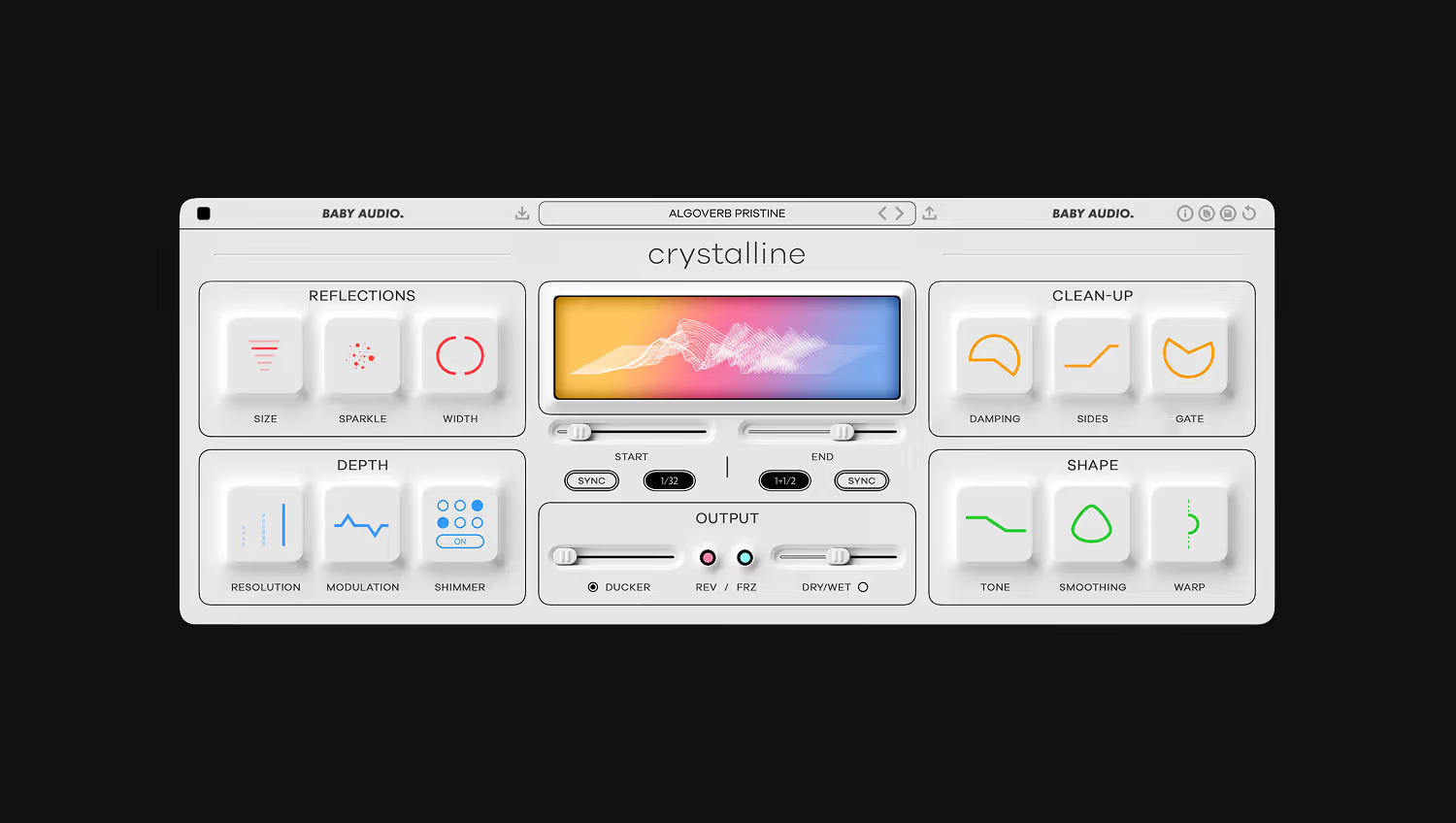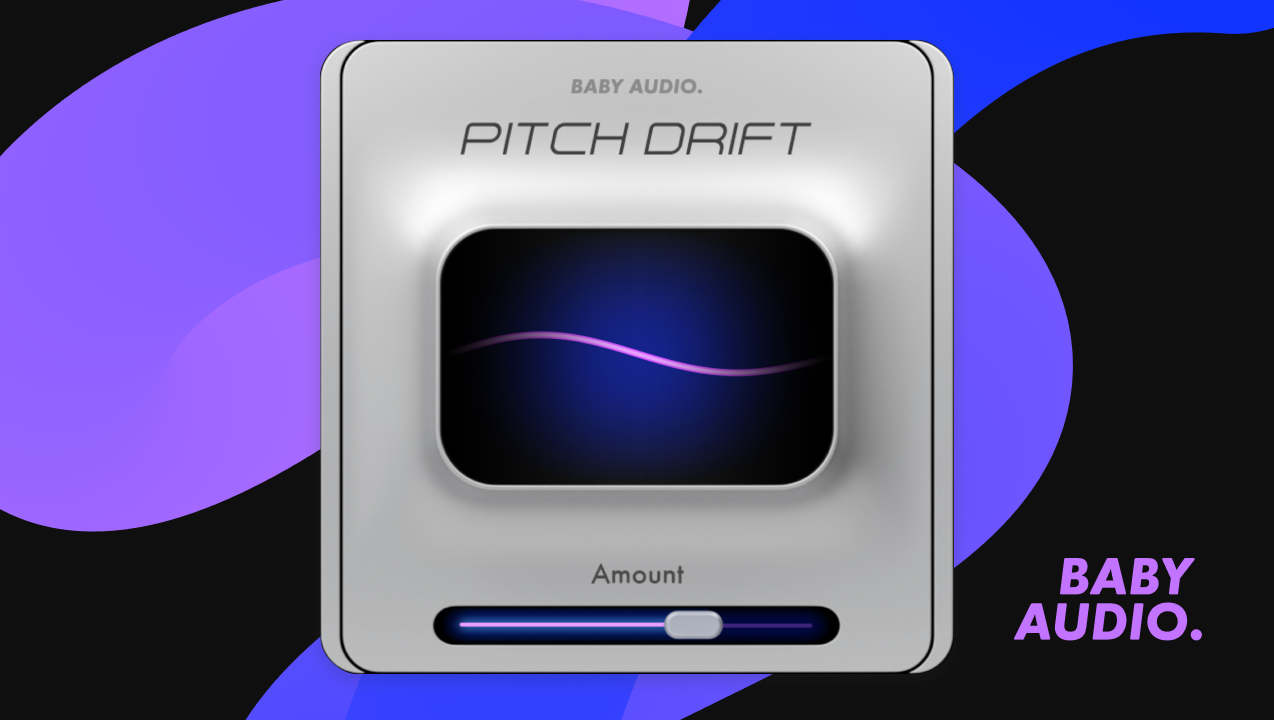Ambient Plugins: How to Add Character With Reverb, Delay and Lo-fi

Ambient plugins can turn ordinary sounds into epic soundscapes.
From sweeping washes of reverb to swirling delays and modulation, ambient effects bring new worlds of sound into your tracks.
But ambient VSTs can be used for much more than just the ambient music genre.
Producers of all kinds can use ambient techniques to add texture and style to their music.
In this article, I’ll break down the basics of ambient tones and suggest some ideas to work with ambient plugins in your mix.
What are ambient plugins?
Ambient plugins are any effects you use to create textural sound that enhances the qualities of space and depth in the signal.
Ambient plugins may work by situating the sound in a larger than life space, obscuring it with delays or reflections, or transforming its timbre entirely.
The main categories of ambient plugins are:
- Time-based effects like delay and reverb
- Creative processors designed for ambient tones
- Synths and other virtual instruments with ambient qualities
Ambient plugins are widely used in many genres that call for enveloping textural effects.
From film soundtracks to electronic, psychedelic and traditional ambient, they’re an essential part of any producer’s toolkit.
Ambient reverb
Reverb is the original ambience effect.
Early recording engineers realized that capturing sources up close resulted in a more controllable sound than placing microphones at a distance.
But the close miked instruments lacked a sense of space and depth when situated in a mix.
The solution was to add artificial ambience in controlled amounts for just the right blend of wet and dry.
The first artificial reverbs were simple physical devices, but the technology advanced rapidly as engineers demanded more flexibility.
With the advent of digital signal processing, reverb could take on qualities that no physical space could possibly produce.
Known as algorithmic reverb, the technology was used to create the cavernous reverberation that became a hallmark of the ambient genre.
Here are three techniques to try with ambient reverb:
Crank up the modulation
Modulation may just be the secret to ambient reverb.
It means adding subtle animation to the reverb tails by varying their pitch or time with an LFO.
Just like a chorus effect, the modulated reverb signal blends with the dry and unaffected tails to create a lush, evolving sound.
Try increasing the modulation depth and rate to see how far you can go with modulated reverb
Use only the wet signal
Ambient reverb is usually blended in on aux return channel in parallel to balance wet and dry.
But if you’re going for an enormous ambient wash, you may not even need the dry signal.
Using 100% of the wet signal lets you focus in on the character of the reflections generated by the reverb plugin.
This can result in unique tonal changes to the source material that may be better for ambient applications.
Ambient delay
Delay lines are the heart of many complex effects in signal processing.
But textural delay is one of the most creative effects to use for ambient purposes.
With features like multiple delay taps, diffusion and tape wow and flutter, modern delay plugins can be excellent tools for creating ambient textures.
Here are three ways to use ambient delay:
Dotted rhythms
Tempo-synced delay is easy these days if you’re working in a DAW.
After all, most delay plugins offer a selectable tempo setting that follows your project’s BPM.
But if you haven’t tried dotted rhythms for your delay times, you’re missing out.
Straight quarter or eighth note delay gets quickly obscured by other rhythmic activity in the song.
Dotted delays often create a complimentary rhythm on the weak beats that results in hypnotic, unexpected patterns.
If your delay plugin is capable of dual delays, consider setting one to a dotted quarter and one to a dotted eighth for a dizzying ambient effect.
Multi-tap diffusion
Many early digital reverbs were essentially multi-tap delays with a twist—diffusion.
Diffusion means softening the attack of the delay repeats so that they behave more like acoustic reflections.
By varying the amount of diffusion and the distance of the delay taps, hardware designers could create simulated acoustic spaces with different qualities.
You can still use this technique to create interesting reverb/delay hybrids if you have a multi-tap delay plugin with a diffusion setting.
Experiment with short delay times and many different tap points to get a feel for the boundary between delay and reverb.
Tape wow and flutter
Modulation can also enhance the ambient qualities of delay.
One of the most pleasing forms of delay modulation was actually an unintended side-effect of vintage tape recording.
Wow and flutter refers to the subtle pitch modulation that occurs when a tape machine’s mechanical parts begin to wear.
Though it was considered a defect at the time, tape wow and flutter has a mesmerizing quality that’s just right for ambient textures.
Wonky Tape Mode in Spaced Out’s delay section delivers characteristic tape modulation with musical wow and flutter.
Lo-fi ambient
The iconic sounds of ambient music are as much about pristine reverb as dusty sonic degradation
Ambient producers have been using lo-fi effects for decades to create lived-in textures with a sensation of memory and nostalgia.
Here are some ambient techniques to try with lo-fi sound:
Disintegrated textures
One of the great things about lo-fi effects is how they musically obscure the source material.
If you’re ever working with a sound that feels ‘too clean,’ adding some lo-fi texture can help push it back into the ambience of the overall track.
At extreme settings, heavy lo-fi processing can make sounds completely unrecognizable, sinking completely into the texture of the rest of the mix.
Lo-fi after reverb
Another benefit of parallel processing is that you can create chains of effects that act on each other without disturbing the dry signal.
If you’re using an ambient reverb that sounds a bit too pristine, you may consider adding a lo-fi effect next in line.
In addition to any warped-vinyl modulation, you’ll get all the pleasing saturation and tonal shifts of lo-fi.
Ambient odyssey
Ambient tones are one of the most satisfying things to try when you experiment with sound design.
Even if you don’t use them on every track, it’s helpful to know how to get huge, textural soundscapes when you need them.
Now that you know the basics, get back to your DAW and start exploring ambient sound.




.png)




